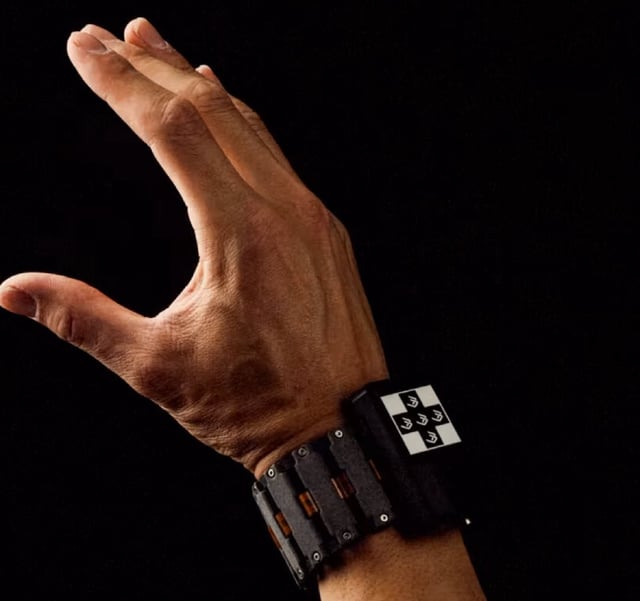Overview
- The non-invasive prototype uses surface electromyography to detect forearm muscle signals and translate them into cursor control, selection gestures and handwriting transcription at about 20.9 words per minute.
- Deep learning models trained on data from hundreds of participants enable the device to work immediately for new users without individual calibration.
- The sEMG-RD wristband wirelessly streams high-bandwidth muscle signals via Bluetooth and decodes them into computer commands in real time.
- Meta has publicly released more than 100 hours of anonymized sEMG data collected from 300 volunteers to support future human–computer interaction research.
- Researchers at Carnegie Mellon University will evaluate the wristband’s assistive potential by capturing residual muscle intent in participants with spinal cord injuries.



